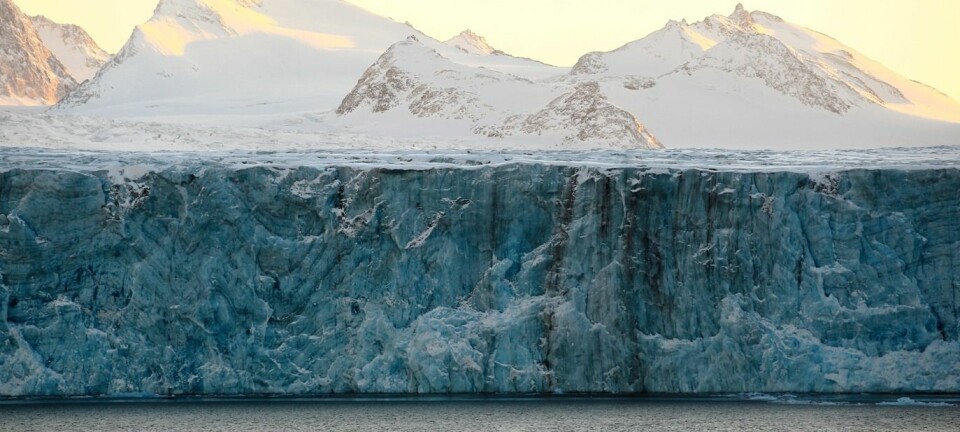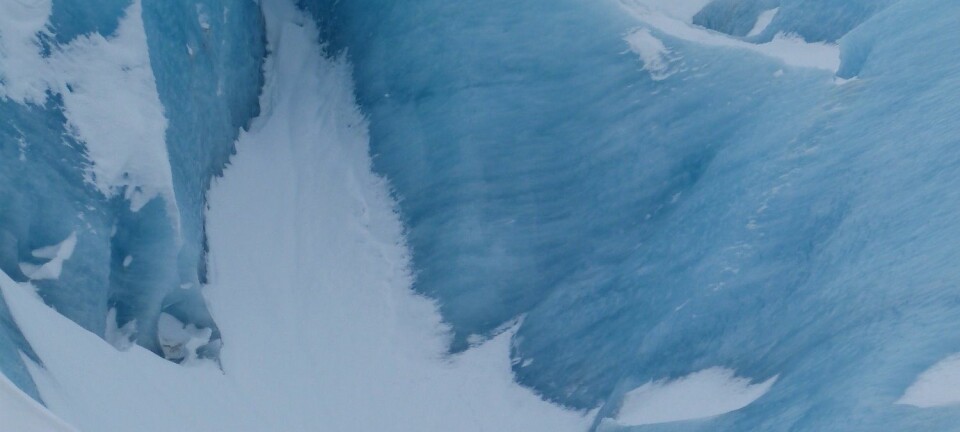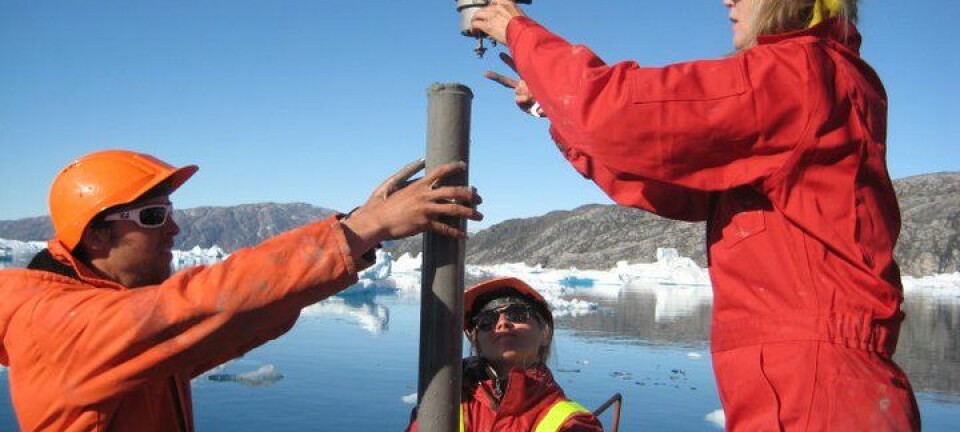
Scientists discover mountains that haven’t changed in a million years.
Special ice layer protected Svalbard’s mountain ranges for at least one million years.
Denne artikkelen er over ti år gammel og kan inneholde utdatert informasjon.
We have always been told that glaciers shaped the landscape around us during the last Ice Age, when vast ice sheets and glaciers covered the Northern Hemisphere. But new research shows that some areas have gone untouched.
According to a new study, a particular type of glacial ice in Svalbard, high up in the polar region of Norway, helped preserve the landscape in the region--which means that the mountains up there look pretty much just the same as they did more than a million years ago.
“This really is a very old landscape that has been protected from erosion and it’s much older than we thought,” says co-author Anne Hormes, an associate professor in the Department of Earth Sciences, University of Gothenburg, Sweden.
“It’s not just the mountain tops. Large regions right across Svalbard and even down to the coast might not have seen much erosion in the past one million years,” she says.

The new study was recently published in Nature Geoscience.
Do glaciers erode or protect the landscape?
Whilst glaciers eroded most European mountains into the landscape that we can see today, the glaciers in Svalbard were behaving quite differently.
“We expect glaciers to erode landscapes and make the mountain slopes steeper and the ridges sharper. But our data shows that these Norwegian summits didn’t behave in the same way,” says lead-author Endre Før Gjermundsen, who started the project as part of his PhD in mountain glaciology at The University Centre in Svalbard (UNIS), Norway.
“The Svalbard peaks have been covered by a type of ice known as cold-based ice, which acts as a protective layer and protects the mountains from erosion. It’s totally different to how other European mountains have been eroded and shaped over the same period,” says Gjermundsen.
Cold-based ice is effectively frozen solid at the base of the glacier. It is almost stationary as it is stuck fast to the ground and this makes it act as a protective armour, which can prevent erosion.
The alternative is so-called warm-based ice, which has a warmer, wet bottom, enabling the glacier to move more freely and erode the landscape. During the last glaciation period this wet-ice eroded other European mountain ranges.
But glaciers can switch from being cold-based to warm-based, depending on environmental conditions.
A geological mystery: evidence mounts
The new research shows that a dramatic shift occurred about one million years ago, whereby the Svalbard glaciers switched from warm-based ice to cold-based ice.
This occurred at a time that geologists refer to as the Mid-Pleistocene transition.
“We don’t know why, but at this time glacial cycles in general suddenly become more severe and ice sheets and glaciers become much bigger,” says Hormes.
The new research suggests that the Svalbard landscape was eroded and shaped by warm-based glacial ice before this transition, when the glaciations were not as severe.
“Our data fit nicely with this hypothesis,” she says.
Mountain dating using cosmic rays
Gjermundsen and his colleagues used cosmogenic dating to discover the hidden history of Svalbard’s mountains.
“All surfaces of the earth are exposed to cosmic rays from the atmosphere. When they strike a rock surface, different isotopes of various chemical elements start to build up in the rocks. It’s like starting a clock,” says Gjermundsen.
But when the rocks become covered in ice, they are protected from these cosmic rays. No new isotopes are added but the radioactive isotopes that have built up in the rocks keep decaying.
By analysing these isotopes in the rocks today, Gjermundsen could calculate how often they had been buried by ice throughout their history.
A return to conditions of one million years ago?
Gjermundsen suggests that as the Earth warms it is possible that the properties of ice in polar regions could start to change once more and switch back to the warm-based ice that eroded these vast mountain ranges more than one million years ago.
“It’s likely that as the temperature rises the conditions will change completely. About one million years ago, the ice sheets were much smaller and more active in terms of erosion, and as global temperatures warm we could see a return to those conditions,” says Gjermundsen.
“If this happens then they may start to erode much faster, but we really don’t know yet,” he says.



































